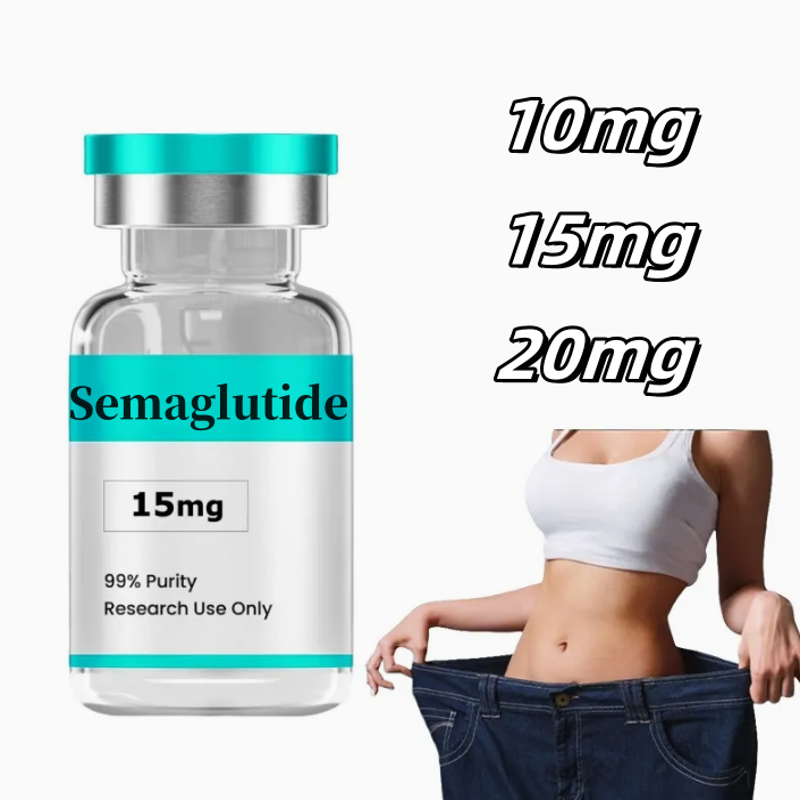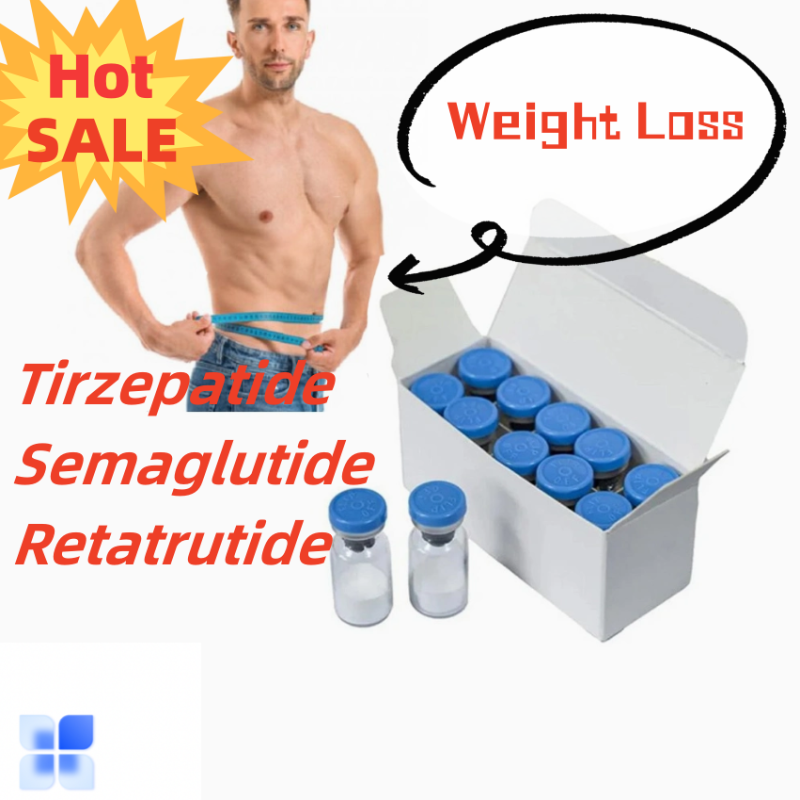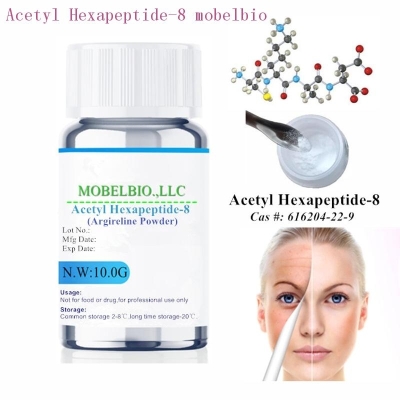New technology to speed up protein transfer
-
Last Update: 2013-10-14
-
Source: Internet
-
Author: User
Search more information of high quality chemicals, good prices and reliable suppliers, visit
www.echemi.com
More than 30 years after the invention of Western blot, this technology is still the key to obtain the reliable identification of specific proteins Many recently emerged products use various methods to improve the repeatability, sensitivity, quantification and speed of Western blot experiments Three people are thought to have developed Western blotting, but only one of them is the name of Western blotting He was W Neal Burnette, who was working at Bob Nowinski's laboratory at Hutchinson Cancer Research Center in Seattle at that time The naming of "Western blotting" implies Southern blotting (a technology invented by Edwin Southern in 1975, which uses glue, nylon membrane and absorbent paper to identify specific DNA sequences in a complex individual), Northern blotting (a similar strategy later developed to identify RNA) and Nowinski laboratory on the west coast Burnett's technology was not published until 1981 He recalled that the reviewer at that time "specially" opposed the use of the name "Western blotting" Nevertheless, the name has been followed, and Western blotting has become one of the most widely used immunochemistry techniques How it works The first step in Western blotting involves separating proteins from the size according to the size of the gel electrophoresis (Gelelectrophoresis), then transferring the protein onto the membrane (usually the cellulose nitrate membrane or the polyvinylidene fluoride membrane) by placing the membrane on the glue, and adding some absorbent paper on the membrane, then putting the stack in the buffer solution, so that the capillary can be made by capillary electrophoresis Two Pull the protein up onto the membrane This is also known as wet or trough transfer The other two technologies are dry and semi dry transfer, which are faster and more regular than the traditional wet transfer, but the efficiency is lower for high molecular weight protein For the semi dry transfer method, the membrane and glue are placed between the filter paper layer soaked in buffer solution, which are sandwiched between the cathode and anode, and the current can drive the protein transfer to the membrane Among the three methods, dry transfer is the fastest, but the transfer efficiency is the lowest After transfer, the membrane is placed in a diluted protein solution to block nonspecific protein binding Then the membrane was incubated and eluted with the first antibody, and then incubated with the second antibody labeled with the signal detection probe The last step is detection, usually by chemiluminescence or fluorescence In chemiluminescence detection, the second antibody cross-linked with enzyme can react with the detected antigen to produce light, which can be captured by film or imaging device In fluorescent detection, the antibody probe is labeled by the fluorescent group The main advantage of fluorescence detection is that it can detect multiple proteins at the same time, and its signal is more consistent Therefore, compared with chemiluminescence detection, it is more conducive to quantitative research Many companies that manufacture equipment, software and consumables related to Western blot are trying to promote the automation of some or all of these steps, hoping to make this experiment more simple and effective At the same time, some verification points are added to the experiment, so that researchers can monitor the progress of the experiment at any time, or even reconstruct the whole process Scientists are looking for efficiency, robustness and strategy to help them avoid wasting valuable and expensive antibodies Accelerating the process of immunoassay Transfer, antibody incubation, sample loading and elution account for 80% of the time of Western blot experiment, said Michele hatler, product manager of "Western blot solution" of emdmillipore The snapi D.2.0 protein detection system, launched by the company based in temekula, California, accelerates the process by using a vacuum device to push the reagent through the membrane, rather than relying on diffusion alone This will reduce the time for immunoassay from four hours to 30 minutes, says hatler "We are really committed to improving the efficiency of the Western blot workflow," she explained We are still following the traditional steps, just adding a vacuum device " Hatler points out that version 2.0 was launched in September 2012 and has several advantages over previous versions It can use medium sized gel (8.5 * 13.5 cm) and mini gel (7.5 * 8.4 cm), and only Mini gel before "This equipment is cheap and easy to operate, but it improves the efficiency of the experiment and saves the experiment time." Hatler said Bio rad's trans blot turbo protein transfer system is a bench scale instrument that can provide fast and efficient transfer Thanks to the new transfer buffer formulation, special filter materials and enhanced current intensity (regulated by an integrated power supply), this system can complete transfer in as little as 3 minutes, and the result of imprinting can be comparable to that of tank transfer The traditional semi dry transfer system needs 15 to 60 minutes, and usually can not provide strong results of high molecular weight protein transfer Increase verification points to ease concerns The high failure rate of Western blot is often very frustrating, especially if you need a few days to get a result "It's a very volatile technology," said Ryan short, marketing manager of Bole's "Western blotting group." when we surveyed users, we found that half of them reported a failure rate of at least 25% when using this technology " "There is very little opportunity to check whether the experimental process meets expectations," short added This leads to anxiety We are introducing the concept of visual verification points to increase confidence and certainty " The company's standards and Mini-PROTEAN non staining prefab, using its Chemi DocMP imaging system, enable researchers to quickly observe whether their proteins are properly loaded onto the gel, thereby confirming the high quality protein transfer, making it easy to decide whether to turn the next step or restart Chemi docmp system is designed for chemiluminescence and multi-element fluorescence spot imaging technology It can be operated on personal computer by image lab software These verification points are "really useful," said Aldrin Gomes, an assistant professor at University of California at Davis in the laboratory "We can imaging these free gels without adding extra dyes, and we can quickly determine whether there are any problems with samples running on glue We can also go to gel imaging after protein transfer, and if any of these steps are in question, we can stop the experimental process at this point " Imaging and software to improve quantification When many scientists are still using the film to analyze protein imprinting, there are more and more wide range film free gel recording imaging systems in the world These systems can be used for imaging and analyzing the chemiluminescence imprints, fluorescent blotting spots or simultaneous detection of these two imprints Many companies have begun to work hard to make imagers and their analysis software as convenient as possible Many companies provide key imaging capture systems, the size of which can be operated on an experimental platform Syngene launched a very simple one button operating system PXI in April 2012, which is analytical chemiluminescence and fluorescent imprinting The system is based on the company's G: box imaging system, and is equipped with Genesys imaging software In October 2012, Thermo Fisher Scientific launched the myECL imager, using ultraviolet and visible light transmission methods, professional filters and charge coupled device (CCD) photography to capture and analyze protein imprinting and protein and nucleic acid gels The sensitivity of the CCD camera is twice as high as that of the X-ray film According to the company, the dynamic range of the instrument is up to 10 times The user simply presses one of the best preset buttons on the touch screen without focusing or adjusting the camera settings The user can also set up customized exposure and up to 5 different exposures at the same time, or use preset exposure parameters This imager occupies a very small instrument space and can be used on an experimental platform Aplegen's Omega LumG gel recording system also has the characteristics of auto focusing, which can be operated on the experimental platform and equipped with an integrated tablet computer UVP launched the chemi doc itts2 imager in January 2012, which features an integrated computer and touch screen, allowing users to adjust parameters such as exposure, aperture, zoom in and zoom out, and focus When users press the live preview button, they can also provide image examples The latest version of Li cor's infrared imaging system is Odyssey CLX, which has a dynamic range of more than 6 logarithm, while the previous version only has a dynamic range of more than 4 logarithm When the results of Western blotting are analyzed, this increased range can eliminate the saturation and provide a wider linear range that can be converted into quantitative data "Not only do researchers not saturate their imprints, they can also put multiple imprint results into the imager without worrying about different settings for these imprints." Jeff Harford, senior product marketing manager at Nebraska in Lincoln, explained Rehana leak, an assistant professor at Duquesne University in Pittsburgh, uses Li cor's Odyssey CLX system to study how cells adapt to low-level stress "The advantage of Odyssey imager is that it is a 16 bit imager with two infrared wavelengths of 700 and 800 nm, and can image two spots at a time." "This means that we can detect phosphorylated and all conformational proteins together," says leak It is difficult to distinguish the two protein subtypes synchronously by other methods because their groups are very similar Leak pointed out that Odyssey imager can visualize 216 infrared signal shadows, compared with X-ray film can only present 150 shadows in gray scale "It's going to jump from 150 to 65000 infrared shadows, so this method can get a higher resolution." "It's an unusual quantification," she added In December 2012, li-cor released a new digital imaging system, c-digit system, which can be used for chemiluminescence imprinting The system will be launched in 2013 "Just as digital cameras have replaced film cameras in recent years, we believe that c-digit system will definitely replace film chemiluminescence." "This technology can provide all the sensitivity and image quality that film users are accustomed to, while significantly improving the quality of digital images," said Jon Anderson, a senior scientist at Li Cor Software is always intuitive Traditional software analysis of Western blotting requires users to export data from images to spreadsheets, while the subsequent homogenization calculation and analysis are done manually BioRad released image lab4.1 software in September 2012, which provides embedded and automatic homogenization for household protein or total sample protein "It's one of the best products I've seen on the market right now." G
This article is an English version of an article which is originally in the Chinese language on echemi.com and is provided for information purposes only.
This website makes no representation or warranty of any kind, either expressed or implied, as to the accuracy, completeness ownership or reliability of
the article or any translations thereof. If you have any concerns or complaints relating to the article, please send an email, providing a detailed
description of the concern or complaint, to
service@echemi.com. A staff member will contact you within 5 working days. Once verified, infringing content
will be removed immediately.







